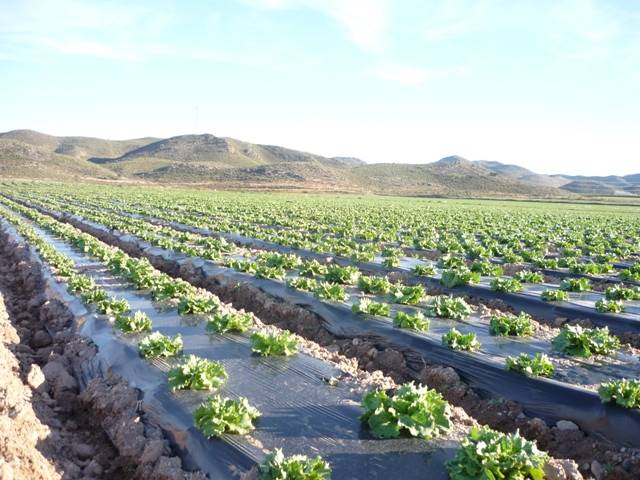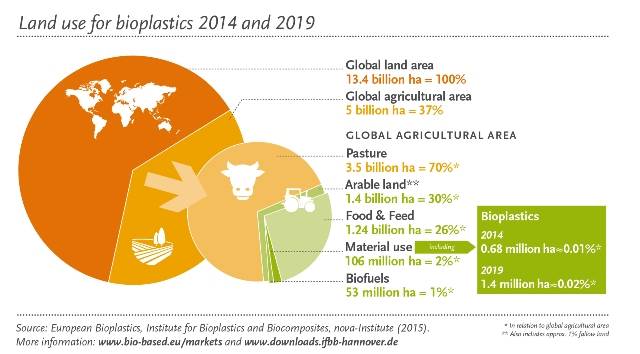
Professor Lluìs Martìn Closas from the University of Leida has introduced the biodegradable plastic for the mulching. Mater-Biof the Novamont's is the plastic which goes in the soil and get disolved after some time as claimed the company. The product is made from the residues currently generated by polyethylene.
To assist soil and water conservation and soil productivity is called much.
To achieve optimum advantage from the mulch the mulch should be applied immediately after germinationofcrop@5 ton/ ha (organic mulch). The practice of applying mulches to soil is possibly as old as agriculture itself.
Mulches are used for various reasons but water conservation and erosion control are the most important objects in agriculture in dry regions. Mulches when property managed definitely aid wind and water erosion control.
Other reason for high mulching is followed includes soil temperature modification soil conservation nutrient addition, improvement in soil structure weed control and crop quality control.
Disadvantages Or Limitations: 1. Mulch is not been found effective other than Rabi Jawar.
2. In excess rainfall years mulch may not be effective. 3. Residue production in dry land is inadequate to result in sustainable water conservation.

Types of mulches: Materials used for mulches are crop residues levees clippings, bark manure, paper, plastic films, petroleum products, gravels etc.
1. Plastic films: Plastic films are more widely used as mulch. They help in maintaining higher water content in soil resulted from reduced evaporation, induced infiltration, reduced transpiration from weeds or combination of all these factors. They are relatively expensive expensive and difficult to manage under large scale field conditions for low value crops. (Polythene, polyvinyl).
2. Petrolium products:These are less expensive than plastic films and more readily applicable materials e.g. petroleum and asphalt sprays, resins etc.
Plastic is used a lot in Spanish agriculture, especially for the mulching technique. It is estimated that around 110-130 thousand hectares are covered. If we consider that consumption per hectare is 150 kg, we can get an idea of the huge volume of plastic used.
According to Professor Lluìs Martìn Closas from the University of Leida, "the problems is that plastic leaves residues. Once cultivation is over, films are collected and handed to a waste collection company at an estimated cost of €115-150 per hectare."

"Films are usually dirty with vegetable residues and, sometimes, even residues of plant protection products, so they need to be washed before they are recycled. This process is rather expensive. Other problems are connected to the fact that films alter soil properties, especially when it comes to water retention."
Using biodegradable plastic such as Novamont's Mater-Bi is a solution for the residues currently generated by polyethylene. Once producers start using biodegradable plastic, they find it a good solution as they just need to bury the films once cultivation is over.
"We verified that the biodegradation capability of our soil through bioreactors shows that the system is actually biodegrading."















